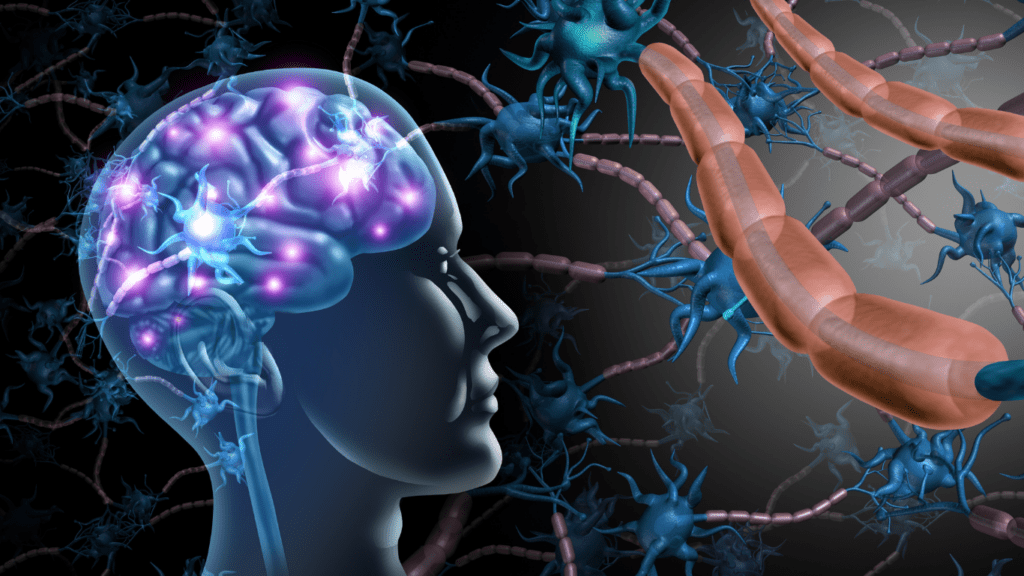In a world that feels busier by the day, finding moments of calm can seem impossible. That’s where mindfulness apps are stepping in, reshaping how we approach mental wellness. By 2025, these digital tools aren’t just about guided meditations—they’re evolving into personalized wellness companions that fit seamlessly into our daily lives.
The Rise Of Mindfulness Apps
Mindfulness apps have surged in popularity, driven by a greater awareness of mental health and advances in mobile technology. By 2025, these apps are no longer limited to simple meditation prompts; they’re evolving into comprehensive wellness platforms. Daily stressors, digital burnout, and the increasing need for emotional regulation have contributed to their adoption.
Innovative features distinguish modern mindfulness apps. AI-powered personalization now tailors sessions based on user behavior, mood tracking, and sleep patterns. For instance, apps like Calm and Headspace integrate dynamic recommendations, offering users targeted exercises for stress relief or focus enhancement. Gamified progress tracking motivates consistent usage, turning mindfulness into a rewarding habit.
Accessibility plays a major role in their growing user base. With free resources, multilingual content, and cross-platform availability, these apps meet diverse needs. Some even leverage wearable device integration, enabling biometric analysis to optimize mindfulness techniques. Virtual reality (VR) capabilities further enhance relaxation through immersive meditative landscapes.
Corporate interest in mindfulness apps reflects their impact. Industry leaders increasingly promote app subscriptions for employees as mental health benefits. This integration into the workplace aligns wellness strategies with productivity goals, underscoring the shift in prioritizing holistic health.
Key Features Of Modern Mindfulness Apps
Modern mindfulness apps emphasize innovation and user-centric design to redefine mental wellness. By incorporating advanced technologies and engaging elements, these apps enhance accessibility and effectiveness.
AI-Powered Personalization
AI tools provide tailored mindfulness experiences based on individual needs. These apps analyze user data like mood patterns, daily activities, and sleep cycles to customize meditation sessions. For example, they might recommend breathing exercises in the evening to promote better sleep. This personalization ensures users get relevant and effective mental wellness support.
Gamification For Enhanced Engagement
- Gamified elements sustain user motivation by turning mindfulness into a goal-oriented activity.
- Progress tracking features, such as streak counters and reward points, encourage consistency.
- Some apps also include challenges or community leaderboards.
- These features foster a sense of achievement, making practicing mindfulness enjoyable and habitual.
Integration With Wearable Technology
Wearable devices add real-time data for deeper mindfulness insights. Integrated apps monitor:
- heart rate
- stress levels
- sleep quality
through biometric analysis. For instance, an elevated heart rate might trigger in-app recommendations for meditation or relaxation techniques. This integration bridges digital mindfulness with physical well-being.
Top Mindfulness Apps To Watch In 2025

Mindfulness apps in 2025 are entering a new era, blending cutting-edge technology with evidence-based techniques. Here are three standout apps reshaping mental wellness with unique features and benefits.
App 1: Features And Benefits
“CalmAI” offers highly personalized experiences through AI-driven insights. It uses data from mood journals, voice tone analysis, and biometric feedback to recommend sessions tailored to individual needs. It includes multilingual guided meditations, a robust sleep support suite with binaural beats, and focus-enhancing soundscapes. By connecting to wearable devices, CalmAI provides real-time stress alerts, helping users maintain balance throughout the day.
App 2: Features And Benefits
“MindfulVerse” combines virtual reality with mindfulness practices for unparalleled relaxation. It features immersive environments like serene forests or tranquil beaches and guided meditations synchronized with virtual scenarios. The app also includes movement-based mindfulness activities such as Tai Chi and yoga, tracked via motion sensors. Gamified features like streak rewards and group challenges ensure consistent engagement, transforming wellness routines into social experiences.
App 3: Features And Benefits
“ZenLoop” excels in fostering community through group meditation sessions and peer-support circles. It uses AI to match users with groups based on shared goals, such as anxiety reduction or sleep improvement. ZenLoop integrates daily reflections, gratitude journaling, and AI-curated music playlists to create a holistic approach to mental wellness. Its corporate wellness solutions make it popular among businesses, featuring scheduled check-ins and team-building mindfulness activities.
Future Trends In Mindfulness Apps
Innovative approaches are propelling mindfulness apps beyond traditional practices in 2025. These emerging trends reflect a deeper integration of technology and science to enhance user engagement and effectiveness.
AI-Driven Emotional Intelligence
AI integration is transforming mindfulness apps by adapting to users’ emotional states. Advanced algorithms analyze real-time data, such as voice tone and facial expressions, to offer dynamic guidance. For instance, apps like CalmAI refine meditation suggestions based on stress indicators, creating highly personalized experiences.
Biofeedback and Wearable Integration
The connection between mindfulness apps and wearable devices is advancing. Apps now leverage biometric data from wearables to optimize relaxation techniques. Metrics like heart rate variability (HRV) and galvanic skin response (GSR) are increasingly used to provide actionable insights. As an example, users practicing breathwork can monitor real-time changes in heart rate through their app.
Immersive Digital Experiences
Virtual and augmented reality are reshaping mindfulness practices. Immersive environments recreate serene settings, such as forests or beaches, for a multisensory calming experience. Apps like MindfulVerse use VR to amplify feelings of tranquility during meditation.
Community Integration
Social features are building supportive networks within mindfulness platforms. Group meditations, live sessions, and peer challenges are becoming staples in leading apps. ZenLoop exemplifies this trend by fostering community engagement through shared mindfulness goals.
Focus on Scientific Validation
Apps emphasizing clinical validation are gaining user trust. Developers increasingly partner with mental health researchers to publish data-backed efficacy results. Industry standards and certifications ensure that mindfulness apps aren’t only innovative but also trustworthy.
Multilingual and Cultural Expansion
Global accessibility is a driving trend. Apps now cater to diverse audiences by offering multilingual meditation sessions and culturally-tailored practices. This expansion ensures inclusivity for non-English speakers and varying traditions.
Corporate Wellness Solutions
Workplace integration is deepening as companies embrace mindfulness applications. Enhanced dashboards allow employers to track employee engagement in initiatives like stress management and productivity workshops. Many organizations incentivize app usage as part of workplace wellness programs.
These trends underline the evolution of mindfulness apps as they redefine mental wellness by using innovative technology and inclusive practices.





